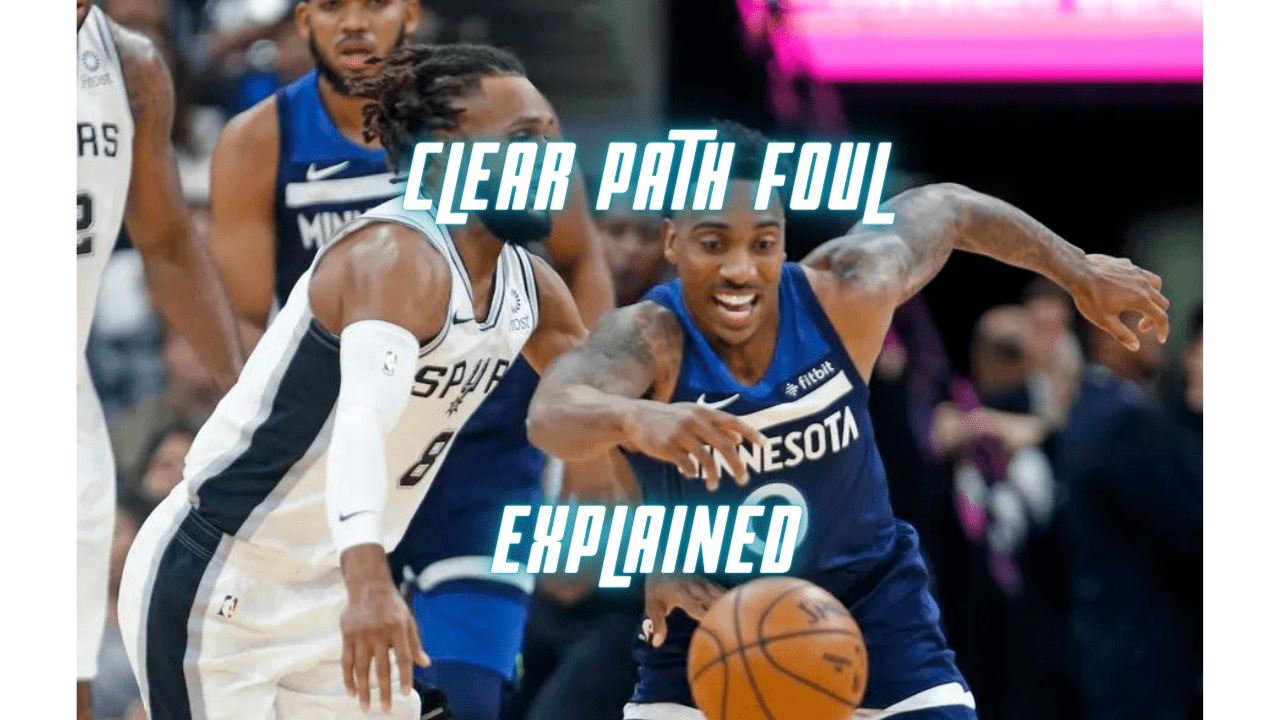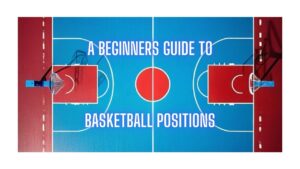What Is A Clear Path Foul? A Comprehensive Guide

Alright, hoop heads, let’s dive into a topic that’s as crucial to the game as a buzzer-beating three-pointer – the clear path foul. Now, if you’re wondering what this call is all about and why it’s got everyone talking, you’re in the right place. So, buckle up as we break down the clear path foul and uncover what it means for basketball aficionados everywhere.
Understanding the ins and outs of the game isn’t just for the pros – it’s for anyone who’s ever felt the rush of sinking a shot or defending the paint. And when it comes to the clear path foul, knowing the ropes can mean the difference between a game-winning play and a costly mistake. So, let’s shoot some hoops and explore the clear path foul from every angle, all while keeping our eyes on the prize – mastering the game we love.
When Was The Clear Path Foul Introduced And How Has It Changed Since?
When was The Clear Path Foul Introduced?
Now, let’s rewind the clock all the way back to the early days of basketball. Picture this: it’s the late 19th century, and the game of basketball is still in its infancy. Back then, fouls were a bit of a free-for-all, with players often resorting to physicality to gain an edge over their opponents. But as the game grew in popularity and competitiveness, it became clear that some ground rules needed to be laid down to keep things fair and square. So in the 1984-85 season the NBA introduced the clear path rule and explained it as, “If a foul is committed against any offensive player in his frontcourt, who has a clear path to the basket and is thereby deprived of the opportunity to score, a second free throw and possession of the ball out of bounds shall be awarded.”
The clear path rule was a game-changer in more ways than one. You see, back in the day, if a defender committed a foul on a player with a clear path to the basket, it was often chalked up as just another foul. But as the game evolved and became faster and more dynamic, it became apparent that this type of foul could have a significant impact on the outcome of a game and could also severly injure the offensive player who is probably running or jumping at high speed. This is why the clear path foul rule was created.
How Has The Clear Path Rule Changed And Evolved
But like any good rule, the clear path foul has seen its fair share of tweaks and adjustments over the years. From its humble beginnings as a simple means of ensuring fair play, to its current status as a cornerstone of modern basketball officiating, the rule has undergone several significant changes to adapt to the ever-changing nature of the game.
A decade after the rules inception it was tweaked slightly so a clear path foul could only be called if the ball is passed the tip of the center circle in the offensive players possession and they are fouled with no defenders ahead of them.
But perhaps the most significant evolution of the clear path foul rule came with the introduction of instant replay technology. With the ability to review and analyze plays in real-time, referees now have the tools they need to make more accurate and informed decisions when it comes to calling clear path fouls. This has not only helped to reduce controversial calls and ensure fair play, but it has also added a new layer of excitement and drama to the game, as fans and players alike wait with bated breath to see if a foul will be overturned on review.
In the 2018-19 season the NBA further clarified the rule with the following points:
- If a defender is attempting to play the ball and makes contact with the offensive player, it no longer meets the criteria for a clear path foul.
- Similarly, if a defender fouls an offensive player during a shooting motion, it is not categorized as a clear path foul, as it previously would have been.
- Additionally, if a defender is positioned ahead of the offensive player during a transitional scoring opportunity, a referee cannot deem it a clear path foul.
So, what’s the rationale behind the introduction of the clear path foul rule, you ask? Well, it’s simple – fairness and sportsmanship. By penalizing defenders who impede the progress of an offensive player with a clear path to the basket, the rule ensures that the game is played in the spirit of fair play and competition. And while it may have taken some time to perfect, there’s no denying that the clear path foul rule has become an integral part of the modern game, helping to keep basketball exciting, unpredictable, and above all, fair. Here’s the NBA’s official policy on what is reviewable in regards to clear path fouls.

The Difference Between A Clear Path Foul And A Regular Foul
Regular fouls are like the bread and butter of basketball – they happen when a player makes contact with an opponent in a way that’s against the rules. It could be a push, a grab, or even just a little too much body contact. These fouls can happen anywhere on the court, at any time during the game, and usually result in the fouled player shooting free throws or the ball being inbounded.
Now, let’s talk about clear path fouls – these are a bit more specific. Clear path fouls occur during fast break situations when an offensive player has a clear path to the basket with no defenders between them and the hoop. If a defender fouls the player in this scenario, it’s considered a clear path foul. This type of foul not only results in free throws for the fouled player but also possession of the ball for their team. It’s a double whammy that can swing the momentum of a game in an instant.
What Is The Punishment For Commiting A Clear Path Foul?
Once a clear path foul is called by the officials, the penalty can be quite severe for the defending team. Unlike regular fouls, which typically result in free throws or possession being inbounded, clear path fouls carry additional consequences. Firstly, the fouled player is awarded two free throws, regardless of whether the foul occurred during a shooting motion or not. This provides the offensive team with an opportunity to score easy points and potentially swing the momentum of the game in their favor.
In addition to the free throws, the team that was fouled is also awarded possession of the ball after the free throws are attempted. This means that not only do they have a chance to score points from the foul line, but they also retain possession of the ball, giving them an extra opportunity to extend their lead or mount a comeback.
In the embedded video you will find many examples of the Clear Path Foul to help you understand the rule.
Learn more about the rules of basketball in this article Understanding Basketball Rules: Common Fouls and Violations Explained



